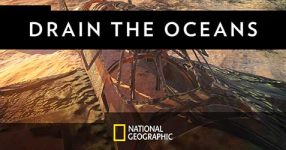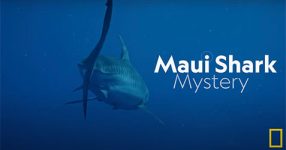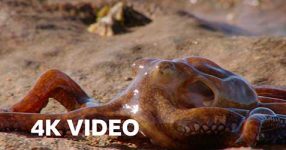In the documentary titled “The Insane Biology of: The Orca”, viewers are taken on a captivating journey into the world of orcas, exploring their remarkable biology and unrivaled position as the apex predators of the ocean. With names like blackfish, grampus, and whale killer, orcas, scientifically known as Orcinus orca, dominate the seas worldwide. Their Latin name, derived from Orcus, the god of the underworld, aptly reflects their fierce hunting reputation. The documentary highlights the orcas’ unique hunting strategies, from chasing down great white sharks in packs to collaborating on complex tactics like making waves to wash seals off floating ice.
The orcas’ ability to coordinate and communicate during hunts has intrigued scientists for years. The film delves into questions about their intelligence, innovation, and the evolution of their hunting techniques, presenting the orca as a collective force to be reckoned with in the ocean.
Evolutionary Journey and Physical Characteristics
The documentary further explores the evolutionary history of orcas, tracing back 50 million years to the land-dwelling creature Pakicetus. Over time, these wolf-sized beings transitioned into marine life, developing distinct features like cylindrical bodies, flippers, and a unique black-and-white coloring. Males, reaching over 9 meters in length and weighing up to 10 metric tons, propel themselves through the water at impressive speeds of up to 35 km/h, making them the second-fastest marine mammal.
The orca’s anatomy, including its highly developed echolocation system and powerful jaws, contributes to its success as a predator. The film emphasizes the importance of orcas operating in pods, where family units, based on maternal groups, work together. Researchers delve into the mysterious underwater language of orcas, focusing on click trains for echolocation and whistles as learned vocalizations. The orcas’ sophisticated communication methods contribute to their effective hunting and survival strategies, showcasing the depth of their intelligence and social structure.
Cultural Significance and Cognitive Abilities
The documentary highlights the cultural significance within orca pods, illustrating how different pods exhibit unique behaviors and traditions. Resident pods and transient pods, despite living in close proximity, lead vastly different lives, displaying the richness of orca culture. The film explores the distinct calls and dialects between pods, suggesting that orcas may be the only non-human organisms whose evolution is driven by culture.
Intriguingly, the orca’s brain structure is discussed, emphasizing the encephalization quotient and the highly developed insular cortex. Researchers delve into experiments demonstrating self-awareness in orcas, reinforcing their high-level cognitive abilities. The documentary challenges viewers to see a reflection of human characteristics in orcas, despite our evolutionary divergence millions of years ago. Ultimately, “The Insane Biology of: The Orca” offers a comprehensive exploration of these fascinating creatures, showcasing their intelligence, adaptability, and complex social structures.












